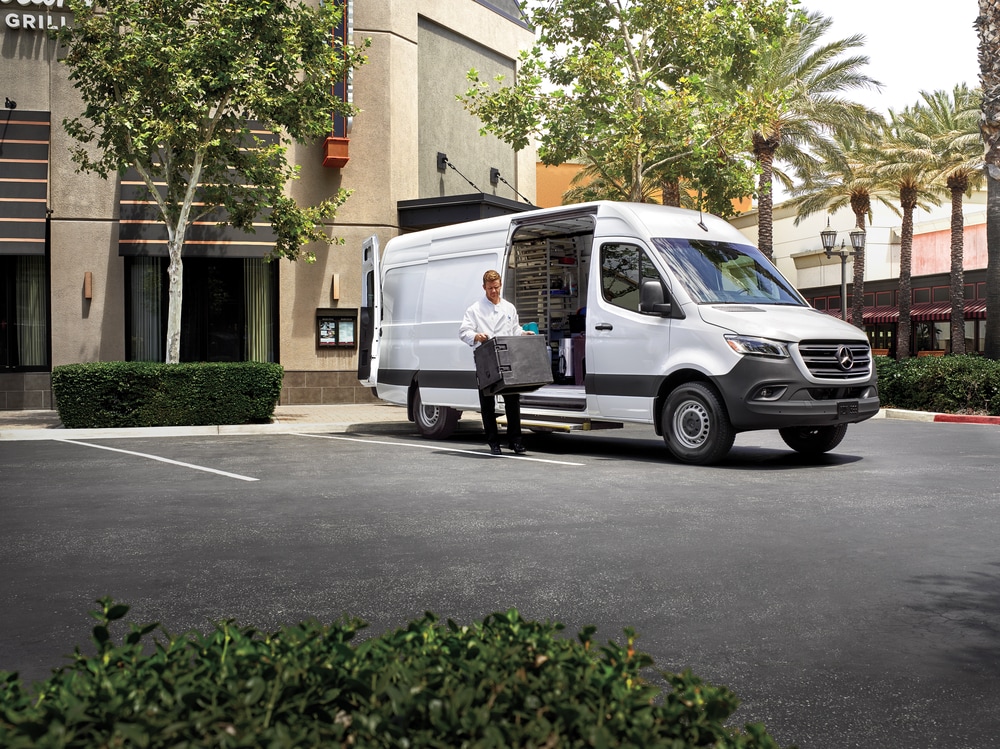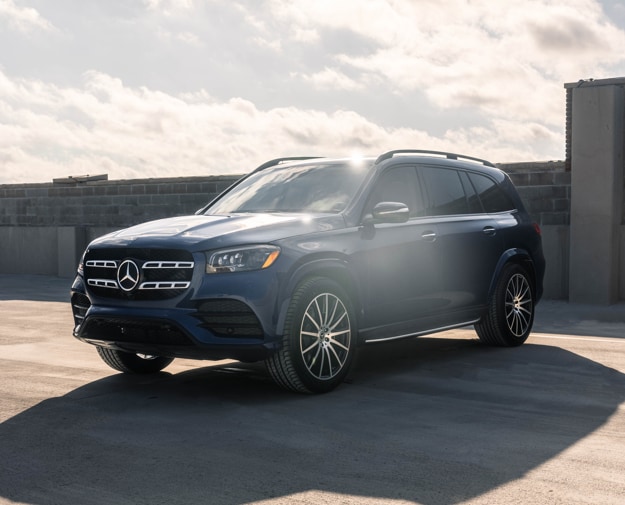Section 179 Tax Deduction
Section 179 is an attractive tax deduction for small and medium businesses. It's also very easy to understand and utilize.
Section 179 is an attractive tax deduction for small and medium businesses. It's also very easy to understand and utilize.
Contact your tax professional to see if Section 179 is right for you. For more details on limits, qualifying purchases, and Section 179 Qualified Financing, please visit or call us.
Section 179 of the IRS tax code allows businesses to deduct the full purchase price of qualifying equipment and/or software purchased or financed during the tax year. That means that if you buy (or lease) a piece of qualifying equipment, you can deduct the FULL PURCHASE PRICE from your gross income. It's an incentive created by the U.S. government to encourage businesses to buy equipment and invest in themselves.

Section 179 is one of the few government incentives available to small businesses, and has been included in many of the recent Stimulus Acts and Congressional Tax Bills. Although large businesses also benefit from Section 179 or Bonus Depreciation, the original target of this legislation was much needed tax relief for small businesses - and millions of small businesses are actually taking action and getting real benefits.
For most small businesses, the entire cost of qualifying equipment can be written-off on the 2025 tax return (up to $2,500,000).
This deduction is available for both new and used equipment, as well as off-the-shelf software. To qualify, the equipment must be financed or purchased and placed into service within the applicable tax year. There is a maximum spending threshold on qualifying equipment, after which the deduction begins to phase out on a dollar-for-dollar basis. This structure is designed to benefit small and mid-sized businesses by limiting eligibility for larger-scale purchasers.Bonus Depreciation can be applied after the deduction threshold is reached. It is available for both new and used equipment and allows for additional immediate expense of qualifying assets.

All businesses that purchase, finance, and/or lease new or used business equipment during tax year 2025 should qualify for the Section 179 Deduction.
Most tangible goods used by American businesses, including "off-the-shelf" software and business-use vehicles, like the Sprinter, qualify for the Section 179 Deduction.
For basic guidelines on what property is covered under the Section 179 tax code, please refer to the list of qualifying models. If the vehicle is leased/purchased and placed in service prior to December 31 of the year you are filing taxes for and meets certain other conditions.
Avondale Dealerships offers several SUVs over 6,000 pounds that may qualify for the Section 179 Tax Deduction. IRS Publication 946 mentions the maximum expense deduction for an SUV over 6,000 pounds as being $31,300 for 2025.*
*Disclaimer: Please consult with your tax advisor for more details on the possible tax deductibility.
The most important difference is both new and used equipment qualify for the Section 179 Deduction (as long as the used equipment is "new to you"), while Bonus Depreciation has only covered new equipment only until the most recent tax law passed. In a switch from recent years, the bonus depreciation now includes used equipment.
Bonus Depreciation is useful to very large businesses spending more than the Section 179 Spending Cap on new capital equipment. Also, businesses with a net loss are still qualified to deduct some of the cost of new equipment and carry-forward the loss.
When applying these provisions, Section 179 is generally taken first, followed by Bonus Depreciation - unless the business had no taxable profit, because the unprofitable business is allowed to carry the loss forward to future years.
